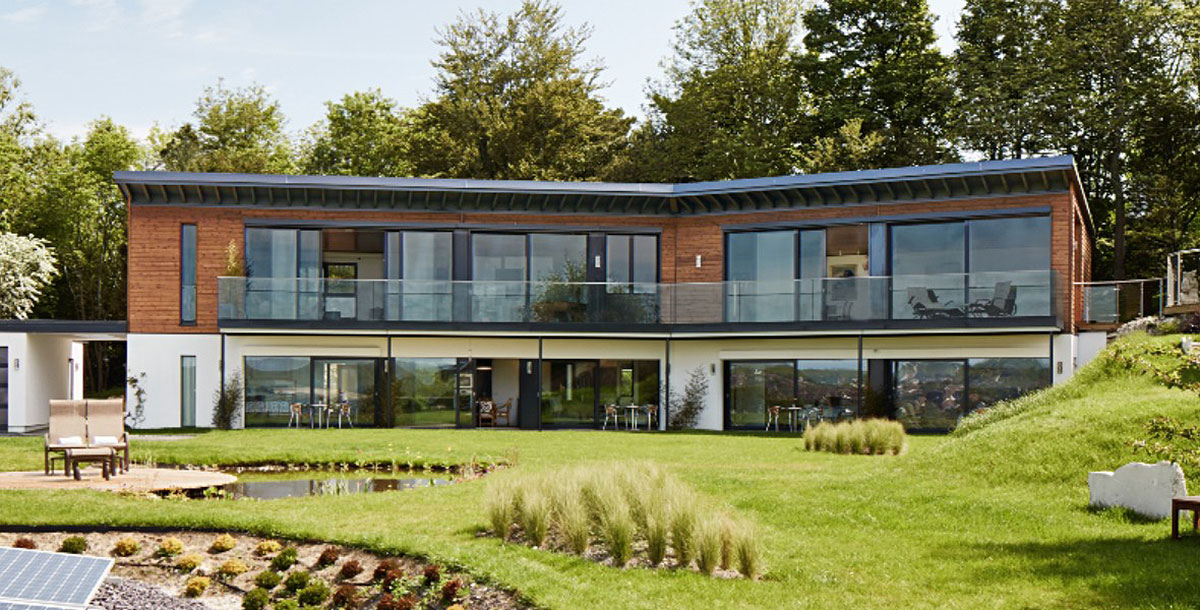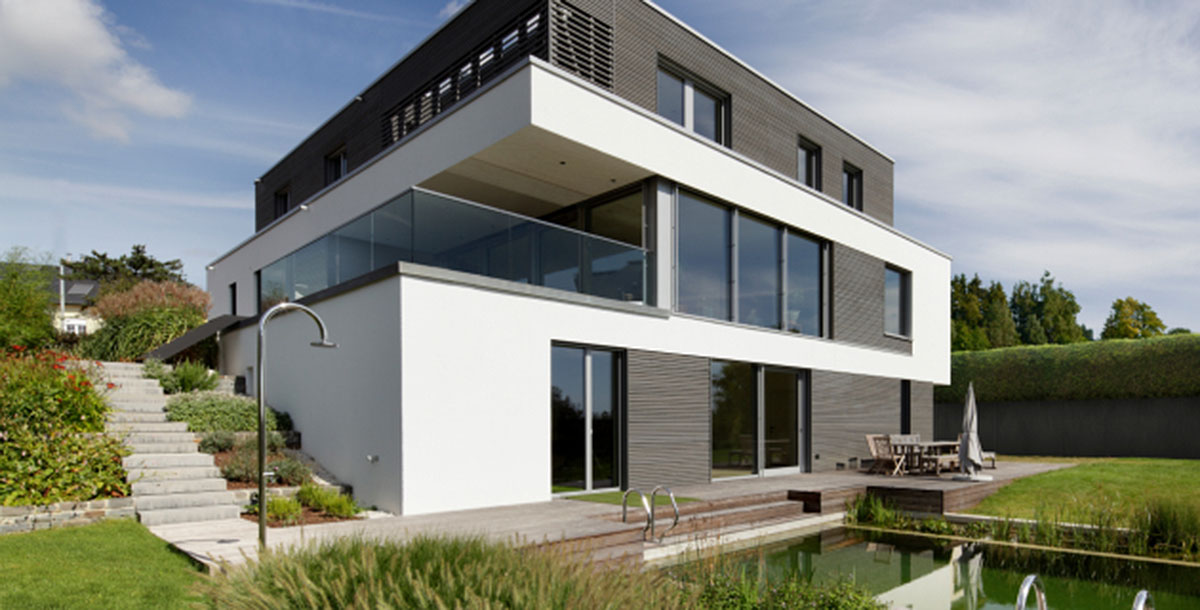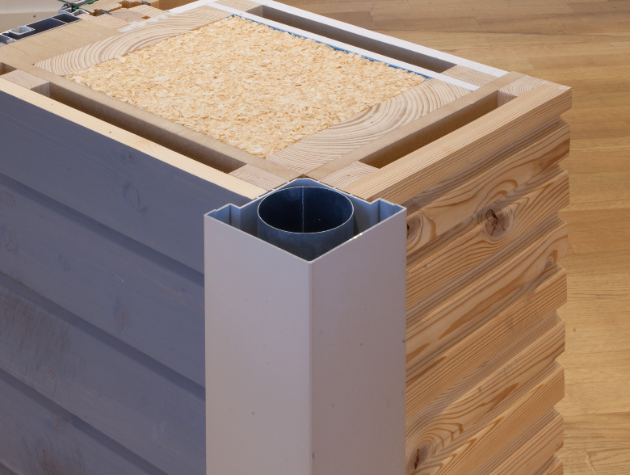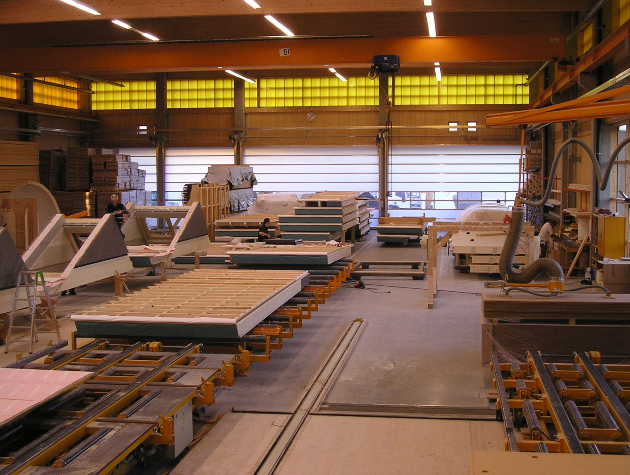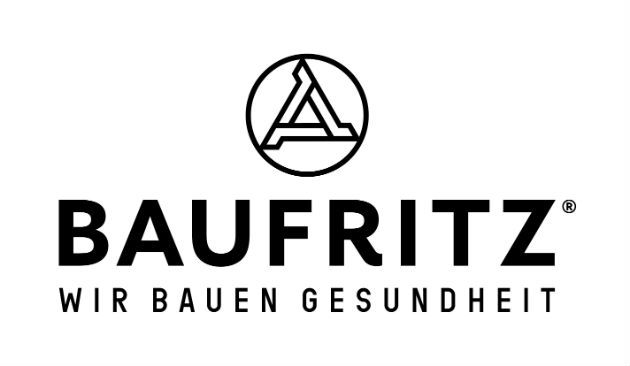Eco living in an eco house
Sustainable eco houses come in prefab designs that are better than ever before. We take a look at passive houses and how they work
Prefab homes that combine beauty with long-term sustainability.
PROMOTIONAL FEATURE
What defines an eco house? We look at the features, materials and construction methods that make pre-fabricated Passivhaus standard houses the perfect choice…
Keep hold of your heat
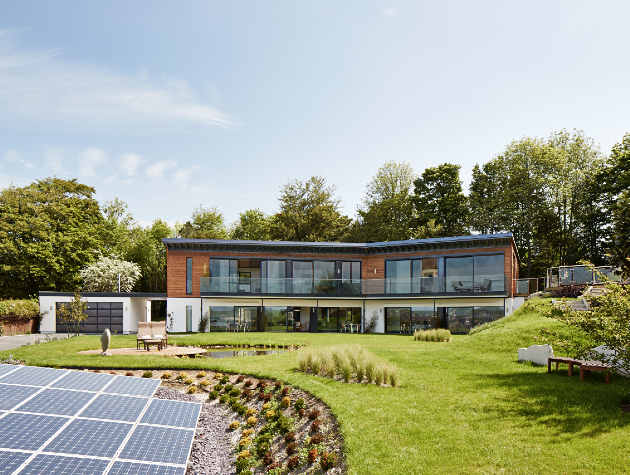
Image: Baufritz
There are two features to take into consideration with eco houses. Firstly, the energy efficiency and carbon emissions associated with running the house, and then the type of construction materials used, their associated emissions and the raw materials required.
Baufritz have won awards relating to the sustainability of their houses, because, as a company, they have put environmental stewardship at the core of their ethos since the 1960s. So how do they do it?
Heating is the biggest variable emissions factor for any house. It’s really rather simple to solve this problem: make a house extremely energy efficient and it’s no longer a factor. Ultra-low energy houses may qualify as meeting the Passivhaus standard if they reach a certain set of design characteristics.
You need a very high level of insulation in the walls and roof. Glass should be suitably glazed and positioned to optimise solar gain (heat from the sun). The house needs to be very well engineered so no heat is lost through cracks or poorly fitted windows and doors. Baufritz manufacture kit houses and use modern manufacturing methods in their factory to engineer houses in a way that nothing leaks.

